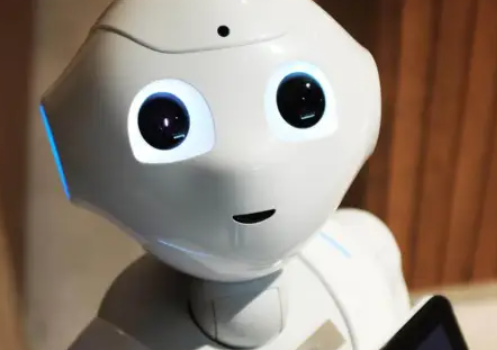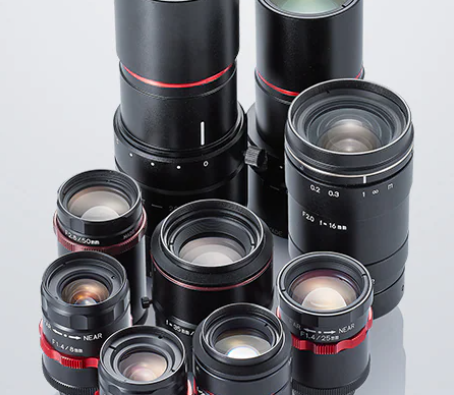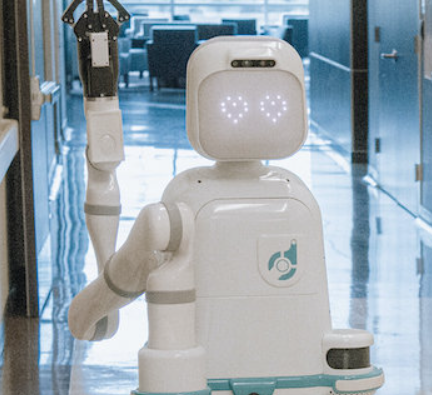
In today’s tech-driven world, machine vision is making waves as a powerful solution across a wide range of industries. From manufacturing lines to agricultural fields, this technology empowers machines to understand and interpret visual data, streamlining operations and enhancing productivity. This post serves as a practical introduction for those new to machine vision, breaking down its essential elements and real-world uses.
Getting to Know Machine Vision
At its core, machine vision enables machines to “see” by capturing and processing images. With the help of cameras, sensors, and intelligent software, these systems can analyze visual information and make decisions based on what they detect. The ultimate aim? To automate tasks that traditionally relied on human vision—faster, more accurately, and around the clock.
Core Components You Should Know
1. Cameras and Sensors
The heart of any machine vision system is its camera. These cameras come in two main types:
- 2D cameras: Perfect for basic inspections, offering flat image captures.
- 3D cameras: Provide detailed depth perception, allowing for advanced analysis such as measuring object shapes and guiding robots.
Modern sensors enhance what the camera can “see” by detecting color, brightness, and temperature. High-tech options like Time-of-Flight sensors help measure distances precisely, making spatial evaluations more accurate.
2. Lenses
The lens plays a huge role in image quality. Depending on your goals, you might choose a lens with fixed focus, zoom capabilities, or a wide field of view. High-resolution lenses allow you to capture fine details, while wide-angle lenses help monitor broader scenes. Picking the right lens ensures that your system collects the most meaningful visual data.
3. Lighting
Lighting is more than just illumination—it’s what defines clarity in images. LED lighting and programmable light sources now offer enhanced control, allowing you to highlight specific features or boost contrast. Proper lighting can drastically improve inspection accuracy.
4. Processing Software
Once an image is captured, it’s the job of software to analyze it. Using algorithms and, increasingly, artificial intelligence, the software identifies patterns, defects, or anomalies. As the software learns from more data, it becomes smarter and more effective over time.
5. Communication Interfaces
A machine vision system doesn’t work in isolation. It often links up with robotics or production equipment, exchanging data and triggering actions. Efficient communication interfaces are key for creating seamless, automated workflows.
6. Display and Feedback Systems
After processing, the results need to be understood by humans. Dashboards and user-friendly interfaces display vital metrics, allowing operators to make informed decisions or respond to issues quickly.
How It All Comes Together
Machine vision typically operates in three main steps:
- Capturing the Image: The system photographs the object or environment.
- Analyzing the Image: Software processes the visuals to extract information.
- Taking Action: Based on analysis, the system makes a decision or sends a signal to perform a task.
Where Machine Vision Makes a Difference
Machine vision systems are already making a significant impact across sectors:
- In factories, they’re used for spotting defects or verifying if parts are assembled properly.
- In logistics, they help scan barcodes and route packages with precision.
- In healthcare, machine vision supports radiologists by analyzing scans or managing lab samples automatically.
- In agriculture, drones use it to assess crop health, and robots rely on it to pick produce at peak ripeness.
- In automotive, vision systems inspect parts during assembly and help self-driving vehicles understand their surroundings.
The Boost from Artificial Intelligence
AI supercharges machine vision by enabling systems to learn from past data and improve their performance over time. With deep learning techniques, these systems can handle more complex visual inputs, making them incredibly effective at tasks like detecting flaws, identifying objects, or categorizing items. As AI continues to evolve, its partnership with machine vision will unlock even more capabilities, allowing systems to become smarter, faster, and more adaptive.
Final Thoughts
Machine vision is no longer a futuristic concept—it’s a practical tool reshaping how industries operate. By combining precision hardware with intelligent software, these systems automate tasks that used to be manual, offering greater consistency and speed.
If you’re just starting out in this field, begin with understanding your application needs—what you want to observe, inspect, or analyze. Then, choose the right camera, lens, and lighting setup. Everything else builds on that foundation.
Machine vision isn’t just about teaching machines to see—it’s about helping them understand what they see. And that, in turn, is helping industries become more efficient, more accurate, and better equipped for the future.












